Case studies (1) - Soil, Water, and Catchment Management
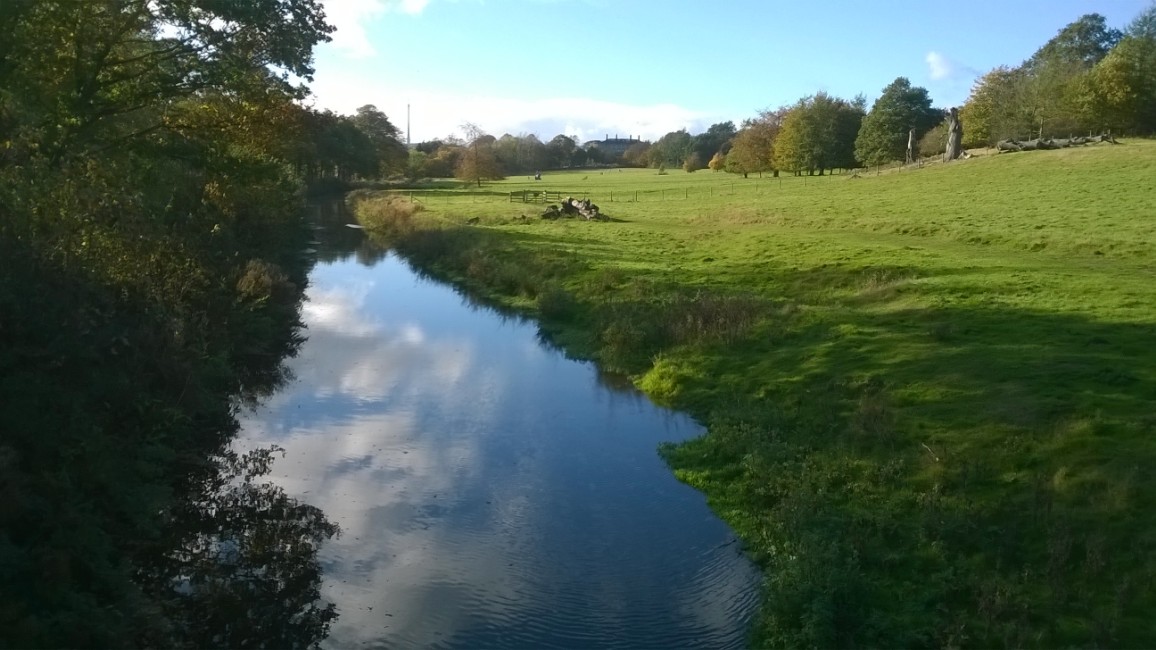
Soil, Water and Catchment Management

Title

Selected recent case studies
Misson SSSI Hydrological Management Plan, Nottinghamshire Wildlife Trust
Misson SSSI is a large (85 ha) redundant bombing range on the peats of the Humberhead Levels in north-east Nottinghamshire. The aim of this study is to investigate why the areas of fen and wet woodland are not retaining sufficient water year round to reach their full habitat potential. The study also aims to identify the work that could be undertaken to improve these habitats and the plant & invertebrate species that depend upon them. The project included review of previous work, hydrological assessments and monitoring (dipwells & ditches), evaluation of surrounding hydrological regime, historical land use, management & impact on overlying peat, as well as recommendations for measures to improve wetness at the site. Associates also conducted an ecological appraisal, and a full topographic survey of this challenging site, where hydrological monitoring is continuing throughout winter and spring 2019.
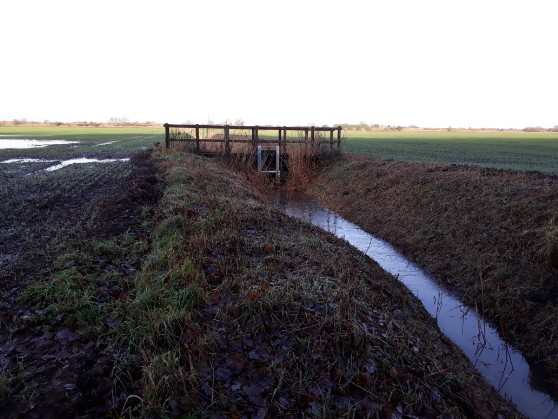
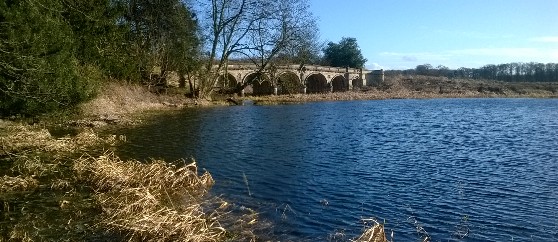
Newsham Lake Restoration, Brocklesby Estate
Following consultation after an SWCM led feasibility study and management plan, SWCM are leading a project to restore the historic Newsham Lake at Brocklesby, Lincolnshire. This degraded parkland lake, associated with both Lancelot 'Capability' Brown and Humphrey Repton, is suffering from structural, water quality and siltation problems. Additionally, the landscape requires considerable management to restore former open expanses and viewpoints. SWCM’s role includes management of a team of lake engineers, ecologists and landscape consultants, while leading on hydrology, water quality and desilting.
Hilfield Reservoir Scour Valve Test, Affinity Water
Maydencroft Ltd led environmental protection works to mitigate impacts of a stepwise scour valve test of Hilfield Reservoir into Hilfield Brook, Hertfordshire. SWCM were commissioned by Maydencroft to conduct sampling and analysis of stream sediment for a wide range of inorganic and organic substances both before and after the scour valve tests. The analytical results showed relatively large concentrations of Polycyclic Aromatic Hydrocarbons (PAH’s) in the sediment before the scour test. SWCM were able to use PAH speciation results to determine the most likely source to be exhaust fumes from the nearby M1 Motorway. The lipophilic PAH’s were considered to be scavenged by leaves of dense overhanging trees on the prevailing westerly wind. Seasonal senescence caused an annual loading of polluting leaf litter which accumulated as deep silt in low-velocity reaches of the stream.
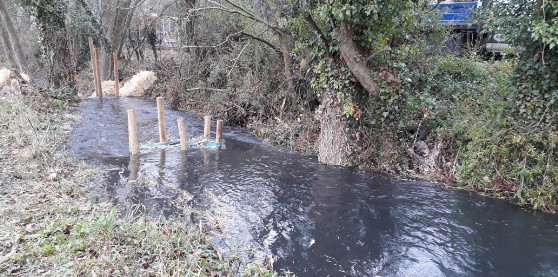
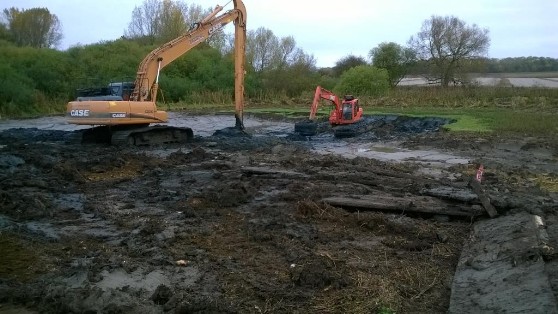
Hydrological & Sediment Management Plan, Consultation & Implementation, Grimsthorpe Castle Trust
SWCM led a large project to produce management plans as a robust evidence base to inform a conservation repair strategy for four historic hydrological features and associated structures (Red Bridge Lake, Red Bridge Causeway, Stew Ponds, Spillway). SWCM conducted historical & environmental research to devise a sympathetic repair strategy for each of these features. A key aspect involved hydrological and water quality monitoring using a range of logging flow meters, water quality probes and grab samples. The data were used to help devise measures to improve water quality from the flashy incoming waters which flow from sloping arable land upstream.
Catchment measures included a range of NFM options, including sediment check pools, wet woodland management, large woody debris, leaky dams, and restoration of a lake to trap sediment before the Great Lake. The project required removal of around 12,000m3 of silt, permitting & application to adjacent arable for beneficial re-use. Partners on the project advised on dam safety & remediation, structural assessments, protected species surveys, licencing & mitigation, plus ecological opportunities.
